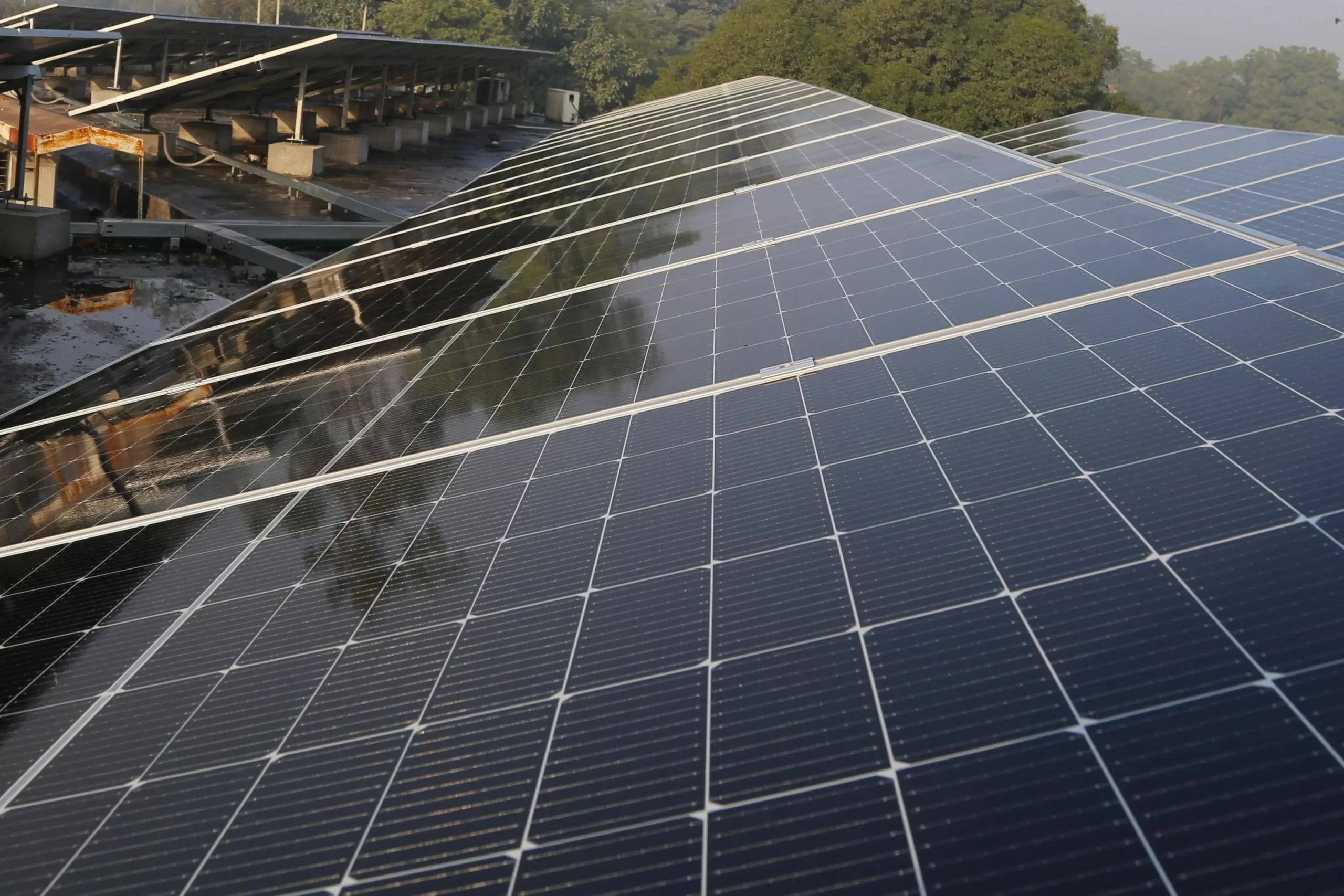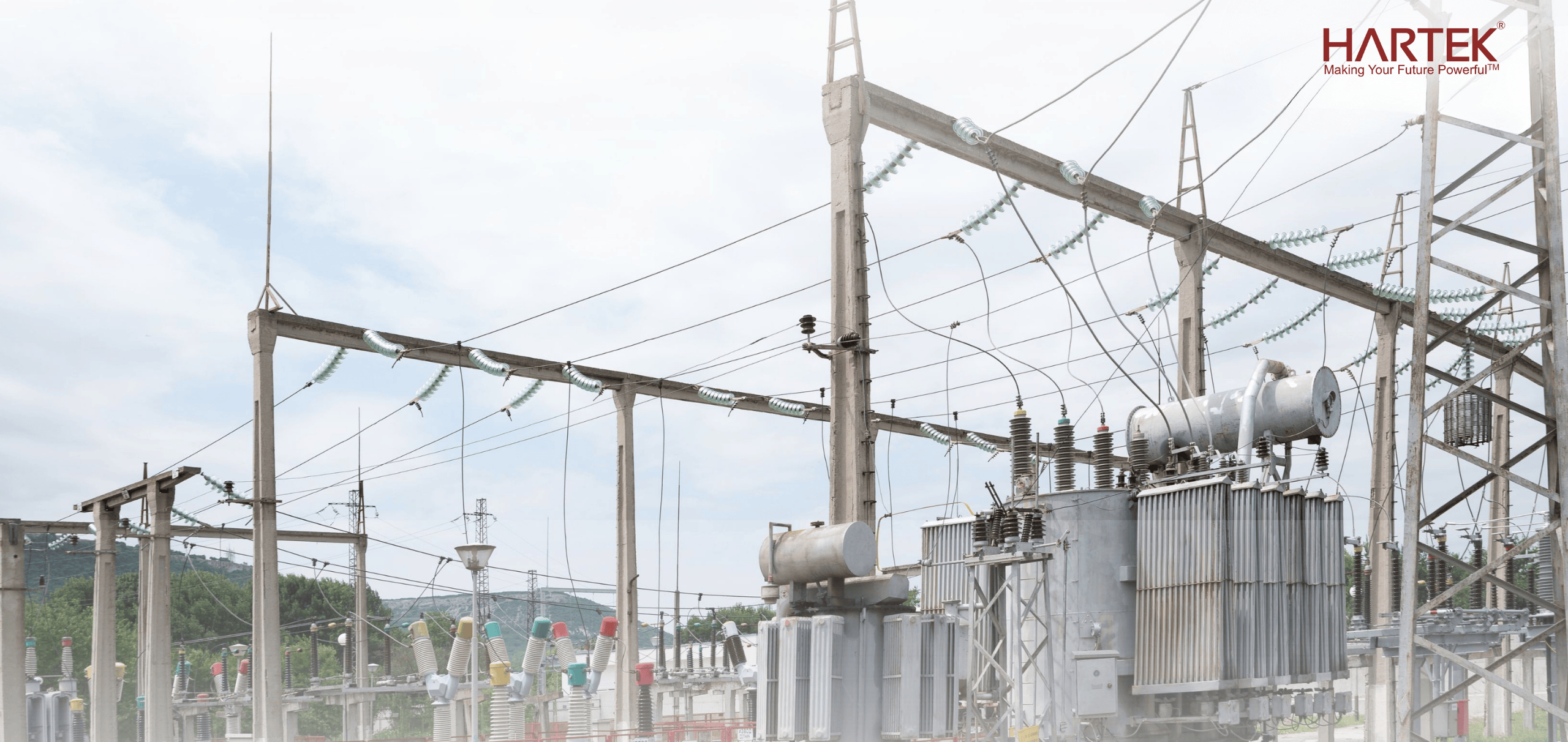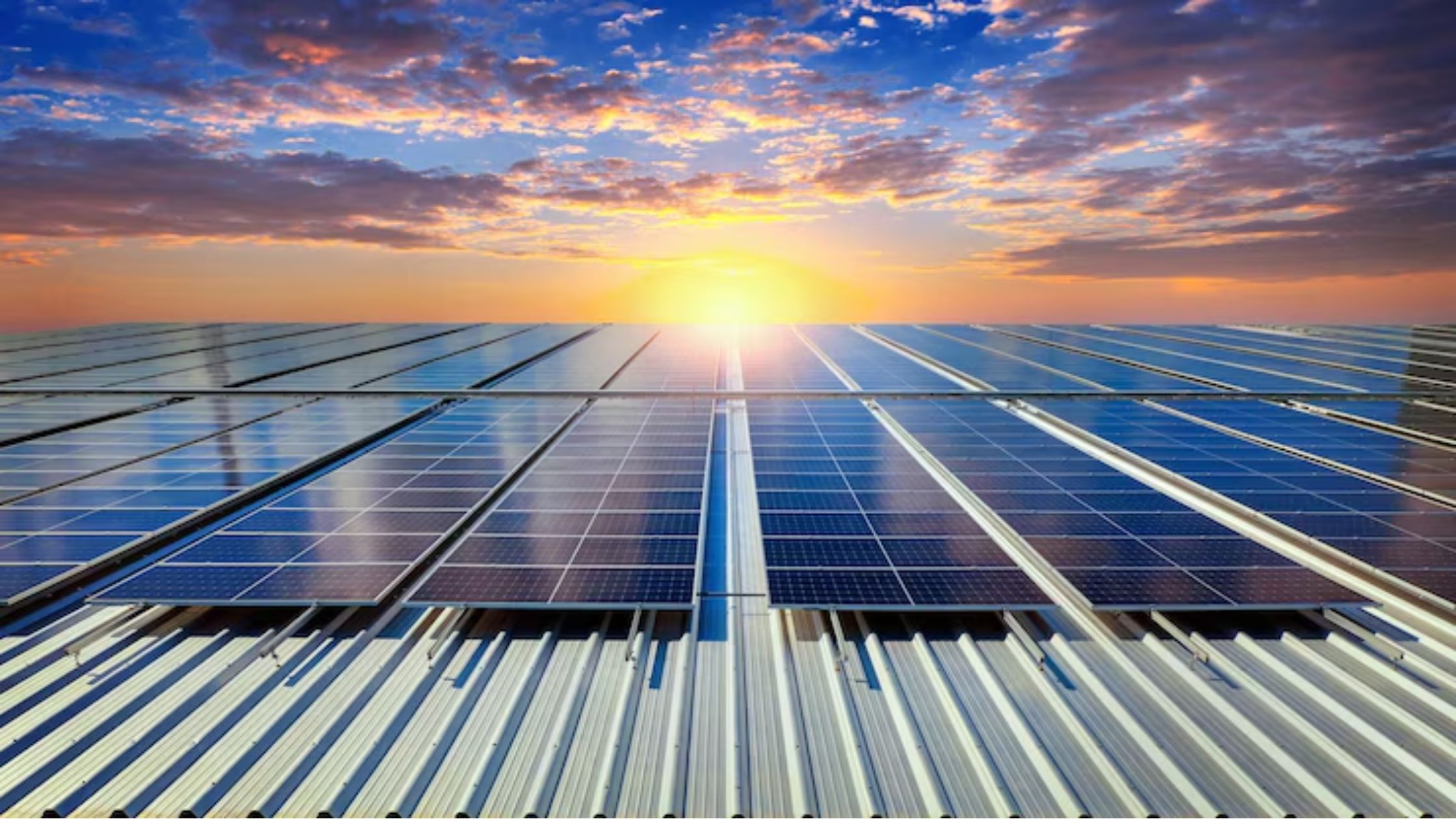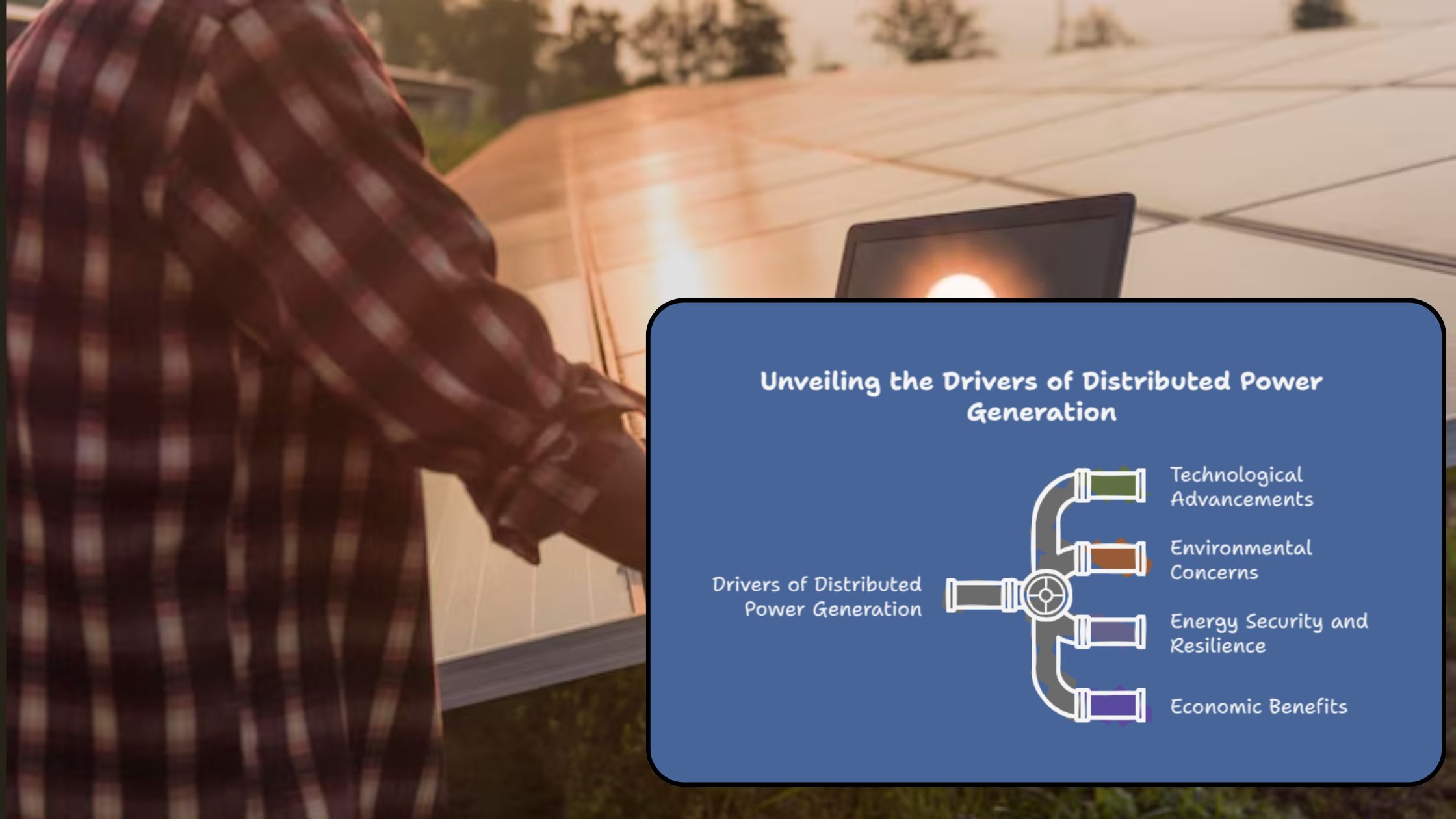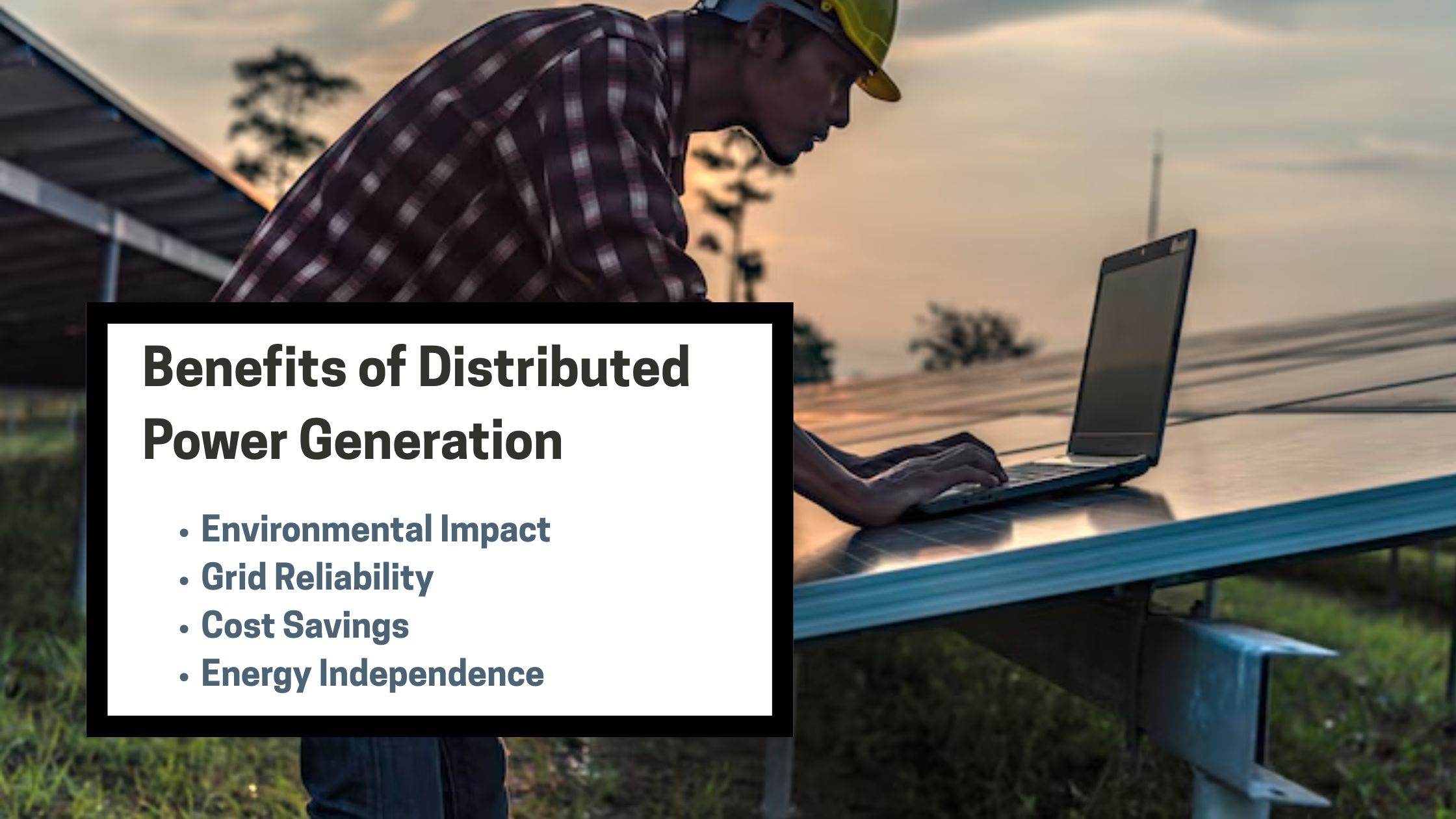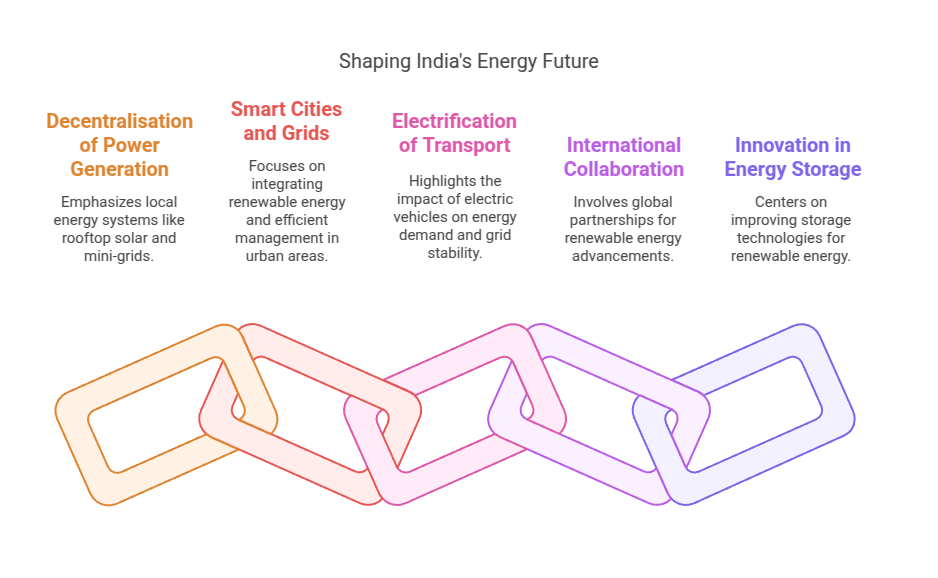In recent times, we have seen a clear shift in the global energy sector towards sustainable renewable energy. It has thereby changed how we produce, distribute, and use electricity.
This change is being driven by the need to confront our current environment. We can’t rely solely on fossil fuels as we once did. Therefore, it’s high time to make sure our future is sustainable. In this blog, we will discuss how our energy sector is being shaped by renewable energy. Let’s read further to know more!

The Rise of Renewable Energy
Over the last two decades, the world has adopted sustainable renewable energy at an increasing speed. Even when you look at the IRENA reports, you will find that the green energy generation capacity of the world has increased from 3,870 GW in 2023 to over 4,400 GW in 2024. On the other hand, India’s total installed capacity for renewable energy has increased by 24.2 GW (13.5%). It has climbed up from 178.98 GW (Oct 2023) to 203.18 GW (Oct 2024).
Key benefits driving this transition:
- There have been fewer pollutants and greenhouse gas emissions.
- Two of the cheapest methods of producing electricity right now are wind and solar energy.
- We are depending on fossil fuels less than before.
Revolution in Decentralized Power Systems
Decentralizing power generation is a critical process by which sustainable renewable energy is revolutionizing the energy industry. Where Traditional systems were based on large, centralized plants frequently situated far from areas of consumption. Renewable technology makes local energy production through solar panels, wind turbines, and microgrids possible.
Advantages of Decentralized Systems
- Energy independence: Communities and businesses can produce their electricity.
- Reduced transmission losses: The use of energy occurs near its source.
- Resilience: Widespread outages are less likely to affect decentralized systems.
Environmental Impact: A Cleaner Planet
We must shift towards sustainable renewable energy as it helps in fighting climate change. This is because energy production is the leading source of Global CO2 emissions. It accounts for nearly 40% of the total. Solar, wind, and hydro energy must, therefore, take the place of coal and natural gas. Consequently, we may drastically reduce our carbon impact.
In fact, by 2030, India’s National Solar Mission hopes to have 280 GW of solar capacity. A lot of companies, including Hartek, are helping to achieve this aim by making renewable energy infrastructure projects more efficient. To ensure long-term environmental advantages, their dedication to sustainability goes beyond solar energy to incorporate wind and energy storage options.
Economic and Employment Growth
Apart from the environmental benefits, the growth of sustainable renewable energy also positively impacts economic growth. This energy sector produces millions of jobs on a global level while promoting technological innovation.
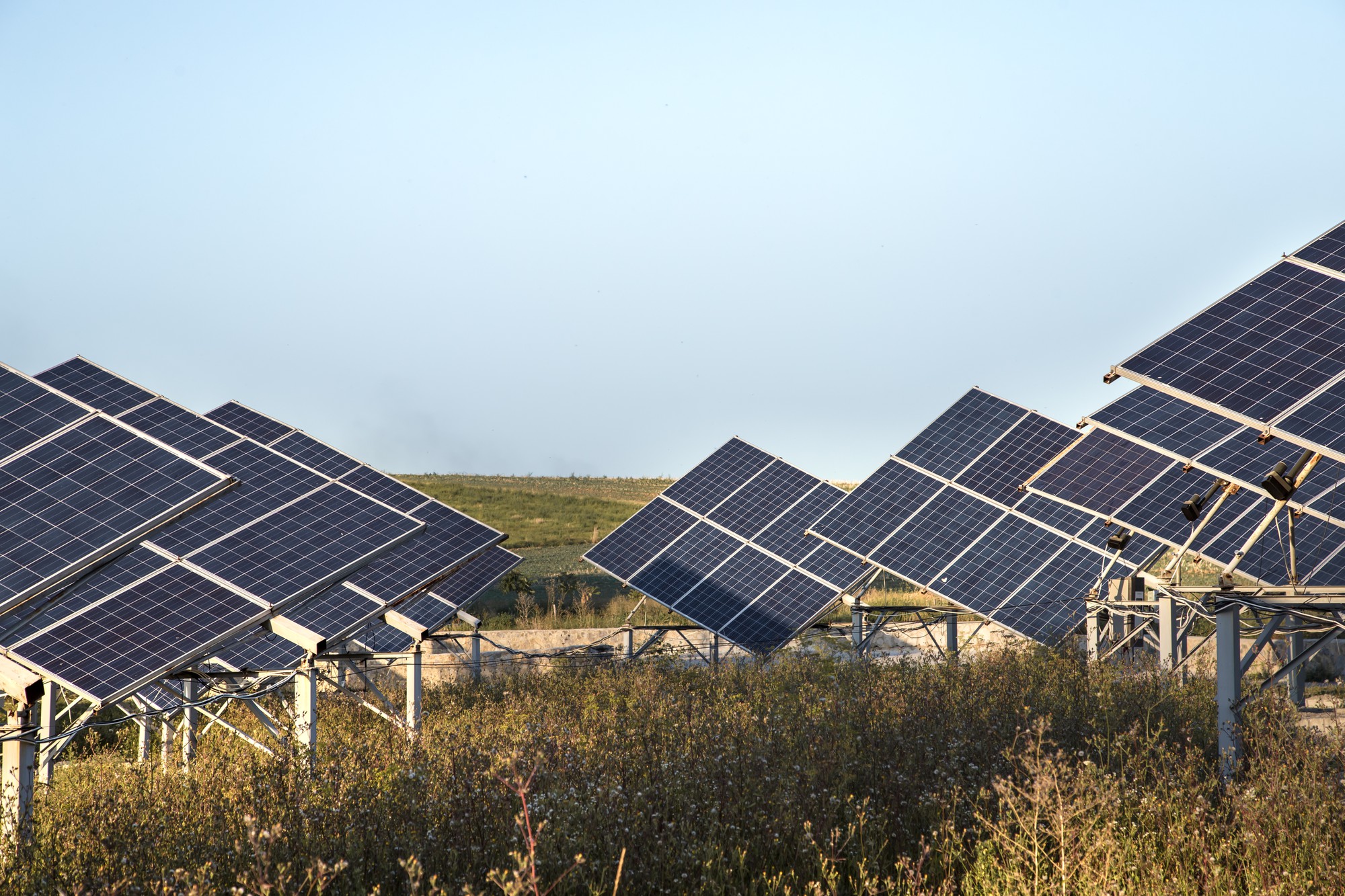
Global Insights
- As of 2024, the renewable energy sector supported over 16.2 million jobs globally.
- According to the IRENA, women make up 27% of all full-time equivalent (FTE) positions in the off-grid solar business. As the industry grows, the proportion of women working in this sector is predicted to increase.
Future Outlook
Up to 3.4 million new employments could be created in India’s renewable energy sector by 2030, per a report by the Council on Energy, Environment, and Water. Initiatives like Hartek’s training programs are making this vision a reality.
Innovations Driving the Renewable Revolution
As sustainable renewable energy has expanded, technical advancements that tackle problems like energy storage and grid integration have also increased.
Key Innovations
1. Energy storage: Modern lithium-ion batteries make it possible to store solar energy effectively for a steady supply of electricity.
2. Smart grids: Electricity distribution is optimized, waste is decreased, and reliability is increased via digital technologies.
3. Floating solar farms: Maximizing the solar energy generation in regions with a shortage of available land.
4. Hydrogen energy: Green hydrogen is becoming more and more popular around the world as a clean fuel source.
Addressing Challenges in Renewable Energy Adoption
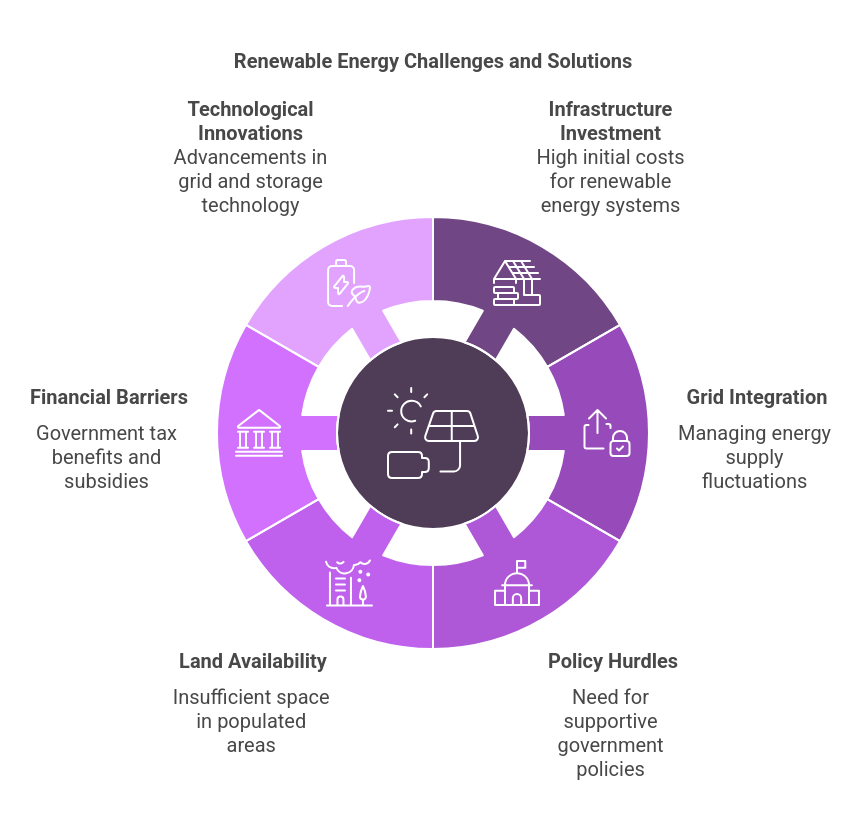
Commitments to a Sustainable Energy Future
Governments and organizations worldwide are committing to a sustainable energy future through ambitious targets and policies:
- For example, the Paris Agreement. It was signed to reduce greenhouse gas emissions to make sure there is a decrease in global warming.
- India, on the other hand, hopes that by 2030, it will develop 500 GW of renewable energy capacity. By 2070, the nation also wants to have zero net emissions.
Hartek’s Role in Renewable Energy Revolution
Hartek has altered the rigid landscape of India’s energy sector through the adoption of advanced technology, making it the leader in the renewable energy sector. The company has strived to incorporate the latest techniques that further promote clean energy adoption.
Key Achievements
1. Solar Power Leadership: Hartek has been a major contributor to the renewable energy capacity of India. It has connected over 10GW of Solar energy to the grid.
2. End-to-End Solutions: Hartek has successfully completed over 350 projects across more than 21 Indian states. It provides a range of services that include substation construction, power distribution, and grid integration.
3. Decentralized Energy Access: Hartek has more than 100 MW of rooftop solar systems installed throughout India. It has empowered rural and urban communities to embrace energy independence.
India’s Goals for Renewable Energy
Hartek is playing an essential role in reaching the gigantic objectives set by the government of India. Hartek’s innovation-driven projects and strategic partnerships make sure these goals are being achieved.
Conclusion
The global energy industry is changing because of the move to sustainable renewable energy. It is also driving environmental, economic, and technological progress. Thanks to HARTEK and other such companies, a lot of individuals and industries are shifting towards the adoption of cleaner energy solutions. Slowly, they are contributing to a sustainable future.

